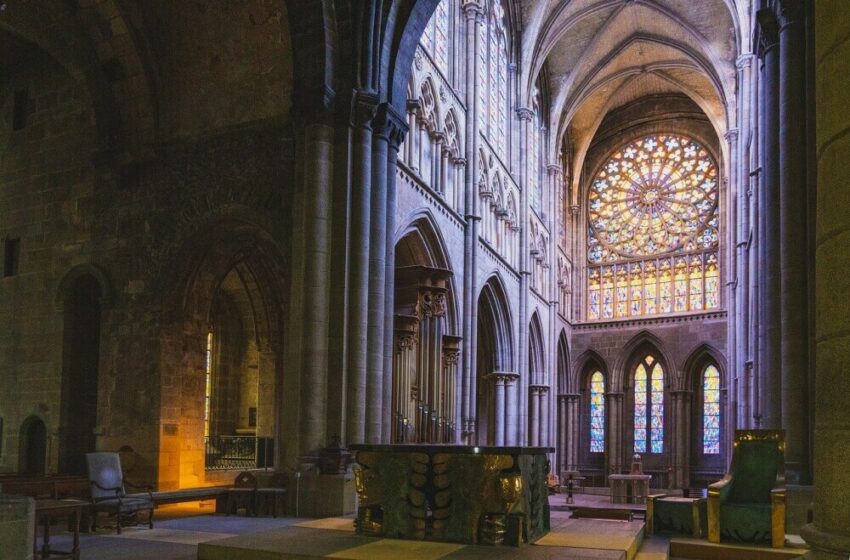Learning from the Saints is a journey that transcends ordinary travel. In Christianity, a Saint is a person lives holy and is close to God. As Christians, we strive to be holy and grow closer to God throughout our lives. Visiting sites of Christian significance offers a chance to connect with centuries of tradition, faith, and art.
We can see where the early Saints of the Christian faith lived and the space where they encountered God. Whether you are on a pilgrimage or simply curious, these sacred locations provide a space for reflection, learning, and rejuvenation. Every site carries its own unique voice, echoing through grand cathedrals, quiet chapels, and ancient cloisters. I invite you to pause and appreciate their storied past.
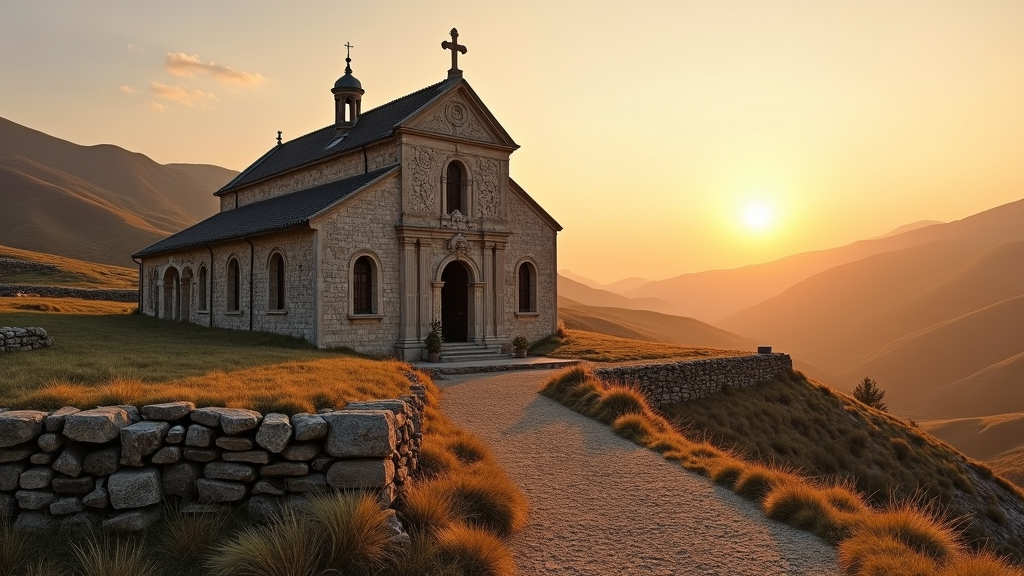
Embracing the Spiritual Journey
Many travelers find that a pilgrimage or visit to a site of Christian importance brings them closer to the traditions that have shaped faith over the centuries. It also gives them time for inner reflection. The experience is more than just sightseeing. It is a jump into history, art, and spirituality. I have often been moved by the quiet reverence in ancient churches and monasteries. Every stone, every stained glass window communicates a story of devotion and resilience that encourages you to reflect on your own path.
This adventure offers personal insights into the ways that faith has evolved and influenced cultures around the world. Whether you study Christian teachings in depth or appreciate art and architecture, these visits invite you to feel a connection with something greater than everyday life.
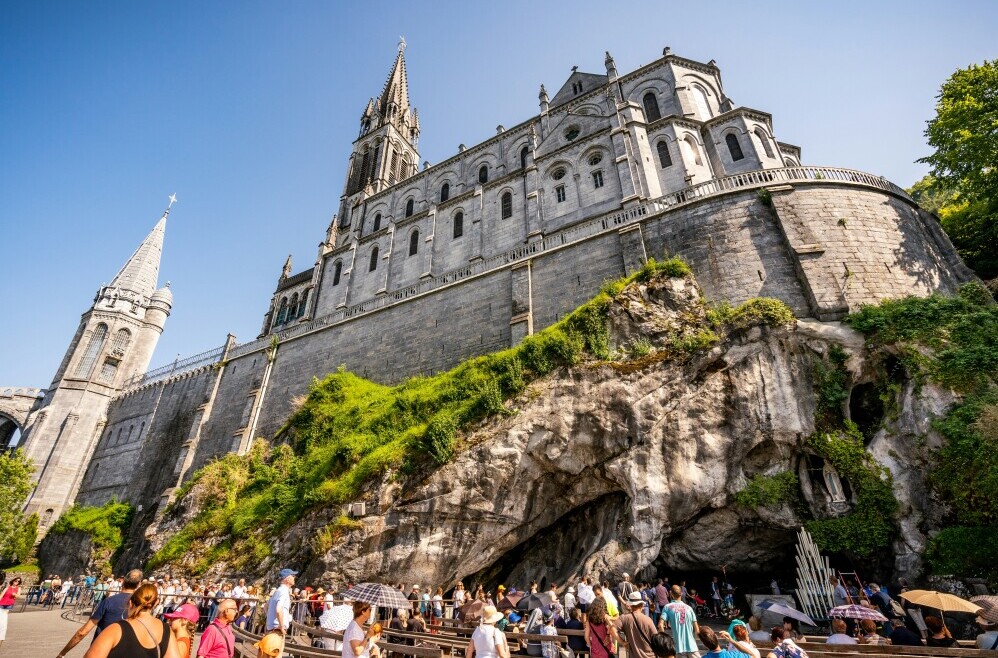
Historical Sites and Their Stories
Christian heritage sites are not just architectural marvels. They are living chronicles of tradition and belief. Many of these places have stood for centuries. They survived times of change, conflict, and renewal. A walk through a medieval cathedral or an ancient cloister offers a window into a past rich in history and faith.
Landmarks such as Canterbury Cathedral in England or Santiago de Compostela in Spain are celebrated both for their architectural beauty and their historical significance. Lourdes, Fatima and Rome are sites of Christian significance. Their legends, miracles, and traditions invite visitors to pause and consider their own spiritual journey.
Preparing for Your Journey
Before you kick things off on your adventure to these revered sites, thoughtful preparation goes a long way. Learning about the history of your destination helps in appreciating the rituals and traditions encountered along the way. A bit of background reading makes it easier to understand both the physical setting and the spiritual atmosphere of the place.
Practical planning is equally important. Familiarize yourself with local guidelines, dress codes, and visiting hours so that you can respect the customs and rules that safeguard these sacred spaces. Preparation ensures that you can embrace every moment of your journey with confidence.

Planning Your Pilgrimage: A Step-by-Step Guide
Organizing your pilgrimage might seem overwhelming at first, but breaking the process into manageable steps makes it much simpler. Consider the following suggestions as you plan your visit:
- Research Your Destination: Read about the historical and spiritual significance of the sites you plan to visit. Travel blogs, books, and local guides can offer a solid foundation.
- Create an Itinerary: Mix visits to major landmarks with quiet periods for reflection. Allow time to just take in the atmosphere and appreciate the surroundings.
- Check Local Regulations: Learn about local customs and any restrictions related to attire, photography, or areas that are reserved for worship.
- Arrange Logistics: Organize your accommodations, transportation, and any guided tours you might need. Local guides often share interesting stories and insights that enrich your adventure.
- Prepare Spiritually: Many pilgrims find that personal prayer or meditation enhances their experience. Carrying a journal to record your thoughts can be very rewarding.
This step-by-step approach not only simplifies the planning process but also allows you to focus on connecting with centuries of faith and tradition.
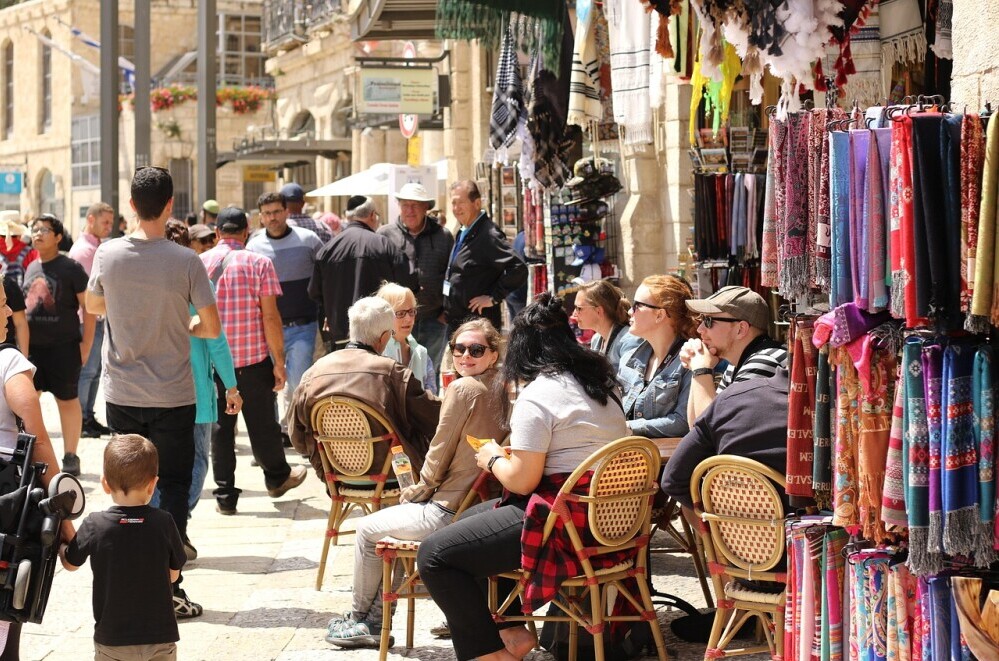
Important Considerations Before Your Visit
When planning your trip to Christian heritage sites, there are a few important points to keep in mind. Being prepared can help you sidestep unexpected challenges and make the most of your time at these sacred locations.
- Local Customs and Traditions: Every region has its own practices and unwritten rules. Understanding these allows you to participate respectfully in local rituals and ceremonies.
- Documenting Your Visit: In popular sites such as famous cathedrals or shrines, booking tickets or guided tours in advance can help you avoid long waits and ensure a smooth experience.
- Weather and Timing: Seasonal changes not only affect the ambiance of a site but also practical aspects like accessibility. Choosing the right time to visit can enhance your experience.
- Safety and Respect: Remember that many of these places are active centers of worship. Keeping an eye out for safety guidelines and behaving respectfully ensures that everyone can enjoy a peaceful visit.
Understanding Local Customs
One of the most valuable parts of your pilgrimage is getting to know local customs. In historic religious sites, residents often hold deep connections to traditions passed down for generations. Simple acts like dressing modestly and speaking softly can go a long way in showing respect for local culture.
Timing and Weather
The local climate can significantly influence your visit. A bright, sunny day might be perfect for exploring vast cathedral grounds, while an overcast morning could lend a mysterious charm to a quiet chapel. Being aware of busy seasons or peak hours allows you to pick quieter times for a more intimate experience.
Health, Safety, and Etiquette
Safety is very important when visiting ancient sites. Some may have uneven floors or steep stairs that require careful navigation. Wear comfortable shoes, take your time on steps, and pay close attention to any local advisories. Maintaining a respectful silence and following the guidance of local custodians can ensure a smooth visit for everyone.
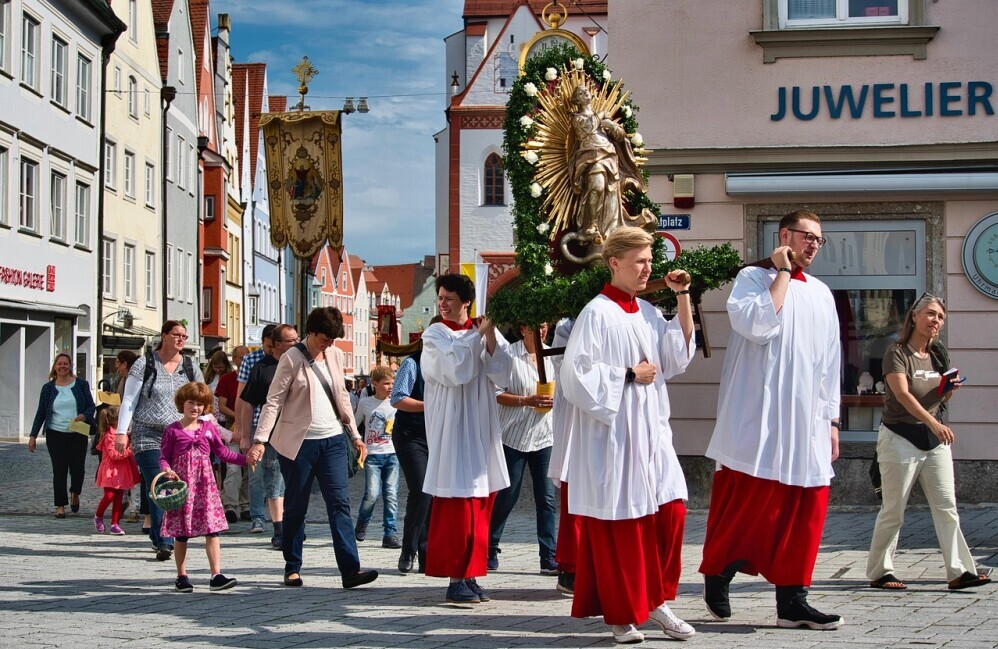
Advanced Tips and Reflections
For those who have visited several sites and wish to get a bit more out of the experience, here are some advanced tips. Once you have covered the basics, think about adding these enhancements to your visit:
Participate in Local Rituals: Experiencing a service, prayer session, or community event firsthand can provide insights that reading alone cannot match. These moments of active participation often leave lasting impressions.
Take Time to Reflect: Moments of quiet in a vast cathedral or a secluded shrine can lead to personal insights. Set aside a few minutes to just sit and absorb the surroundings, letting the place inspire you.
Engage with Local Experts: Chatting with local guides or residents can uncover fascinating details about the site’s history and traditions. Their personal stories can be particularly enlightening.

Infusing Your Journey with Deeper Meanings: What to Focus On
When visiting sacred Christian sites, there is a balance between admiring architectural wonders and absorbing the spiritual atmosphere. It is not just about noticing the physical beauty. It is also about feeling the spirit that these places embody. Genuine participation involves both exploring the site and allowing yourself time to contemplate its deeper messages.
Pay attention to the stories behind the art and architecture. The blend of different artistic styles and the resilience of these buildings reveal the dedication of communities determined to keep their faith alive. Observing these details can help you appreciate the enduring legacy of Christian heritage on a personal level.
This section encourages you to not only explore but also to pause and reflect.
Frequently Asked Questions
Question: What should I research before visiting a Christian heritage site?
Answer: It helps to learn about the history and significance of the site. Reading travel blogs, historical accounts, and information on local customs will give you a good background.
Question: How can I ensure respectful behavior while visiting these locations?
Answer: Dress modestly, speak quietly, and follow all on-site guidelines. Remember that these places are active centers of worship, so respectful behavior is very important.
Question: Are guided tours necessary?
Answer: While not required, guided tours can offer additional insights and help you navigate cultural differences, making the experience even richer.
Question: Is visiting outside peak times worthwhile?
Answer: Yes, visiting during off-peak seasons often provides a quieter, more intimate experience that allows you to fully appreciate the serene atmosphere of the site.

Wrapping Up Your Pilgrimage Experience
The adventure of exploring Christian heritage sites is as much a spiritual quest as it is a travel experience. Every location you visit contributes to an ongoing story of faith that spans centuries.
Taking this journey requires thoughtful preparation, a respectful attitude, and an open heart. By researching your destinations, planning carefully, and engaging with local cultures, you can transform your trip into a meaningful tribute to faith and personal growth. The legacies of those who built these sacred spaces continue to inspire countless visitors, whether they are long-time believers or curious explorers.
No matter your background or motivation, these sites welcome you to share in their enduring spirit. Through quiet reflection, active participation, and genuine curiosity, every visit becomes a memorable encounter with history and faith. Let your journey remind you to pause, appreciate, and be inspired by the rich heritage that lights the way for so many souls.
Have you been on any pilgrimages to sacred or Christian heritage sites? Share with us in the comments what was your favorite pilgrimage trip.
Christian Pilgrimage Tours- click here

(Air Fare not Included)
The Seven Churches- Learn More Here

Fatima-Book Here


